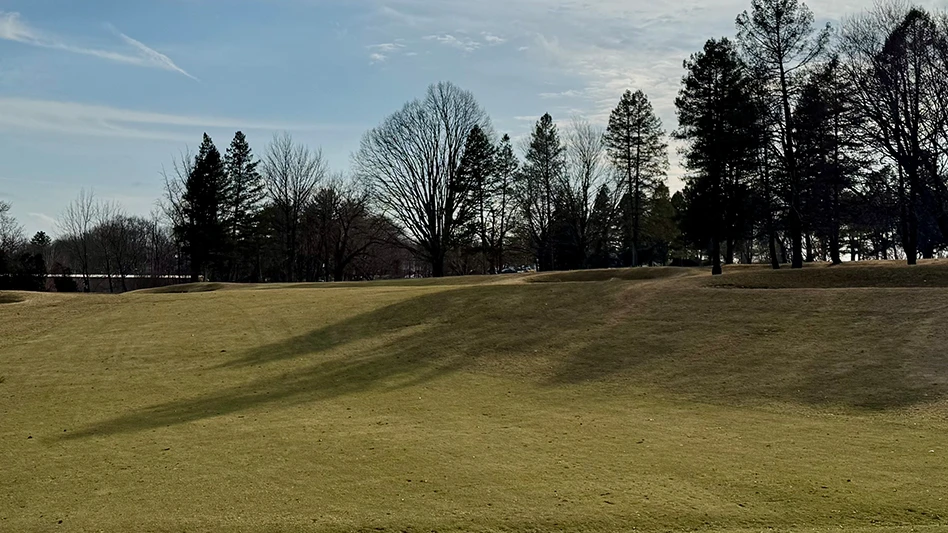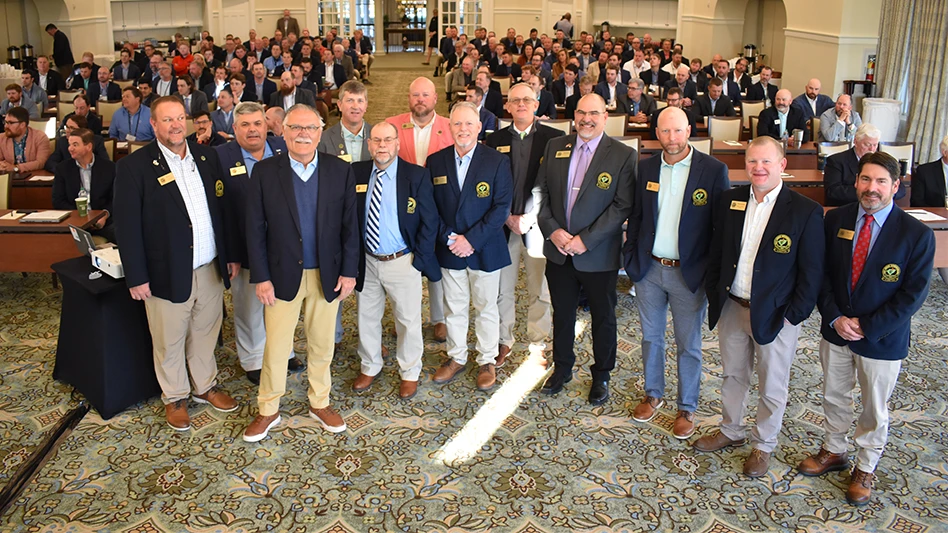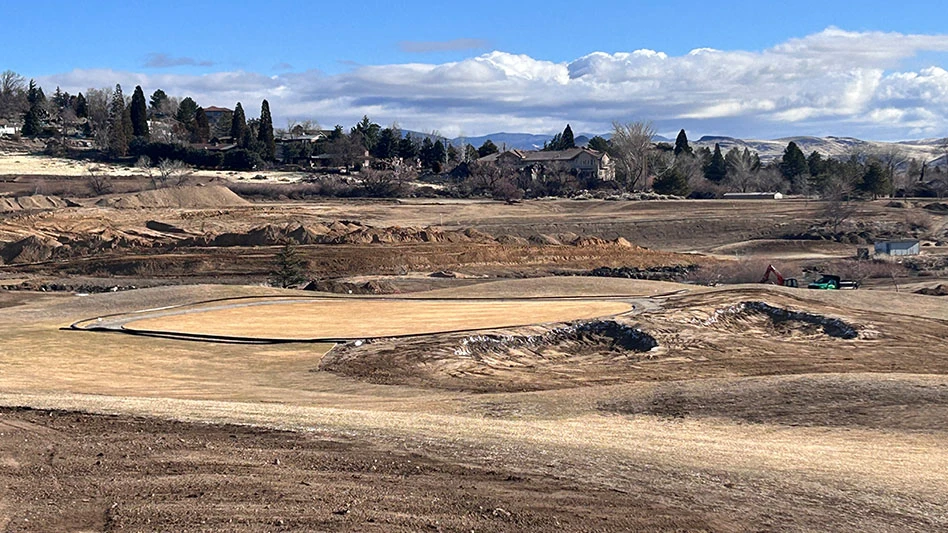Over time, I have developed my design-oriented view of “shot values” from amazingly consistent comments from tour pros and other good players. This provides me a tool for choosing the best design features. It could be a basis for a formal ratings system, but others can rate and analyze designs. I just design, striving to make as many shots as I can adhere to these parameters:
No unplayable/Unreasonably difficult shots. They include impossible forced carries, targets behind mature trees or greens that are impossibly small or reject shots. It includes uncomfortable shots, with difficult “physics” such as an uphill long iron shot from a downhill lie, combinations of vertical challenges and shots over water/OB required to reach target.
Target visibility. There are exceptions, but blindness reduces strategy and pace of play, and sometimes increases safety problems.
Target accepts/Holds well-played shots.
- Adequate size – Statistically sized, and about:
- 15 percent width/20 percent depth of expected shot distance (average players)
- 10 percent width/10 percent depth of expected shot distance (good players, used guarded “Sunday Pins”)
- Adjusted for typical wind conditions such as deeper greens on downwind shots accounting for less spin and wider greens in crosswinds.
- Generally, angled less than 30 degrees right or left for playability.
Options with consequences.
- Two to three options on most tee shots, with a “best location” providing an approach shot that is shorter or from a better angle, a level lie, better vision or holding capacity, or taking major hazards out of play on either shot.
- On approach shots, a choice between “fat middle” area and “Sunday pin” target.
- A “bail out” area for any shot with difficult hazards.
- Balance of risk and reward. Risk proportion may rise near the end of the round.
- Create temptation and dilemma. High-risk shots should have 51 to 67 percent chance to succeed and reverse proportioned for recovery if missed. Use large 90 to 100 percent doable “safe” targets to accentuate the difference between safe and risky shots.
Reward one “best” shot pattern on each shot.
- Wherever possible, strongly align prevailing wind, lie and target angle to “signal” a preferred shot pattern. It reduces confusion and makes success a matter of execution and reduces luck. Setting up and rewarding one shot pattern on each shot requires golfers to “hit all the shots” over the course of the round.
- Even when favoring one shot pattern, leave enough room for others, as few golfers can hit all shots.
Hazards should be a mix of different types and styles for visual and play variety. However, golfers who can hit “all the recovery shots” enjoy courses where they vary from hole to hole.
Shot difficulty balance/relationships. While the occasional truly hard or easy hole stands out, most holes should have:
Exceptions to the rules. Great holes first and foremost fit the land, and are aesthetic, sometimes at the expense of shot values. Using the land is the “first among equals” in design criteria. Many great old holes and courses break these rules. Some are even revered for it such as Olympic’s “too narrow, too sloped” fairways or the Road Hole at St. Andrews. But, while those exceptions are cool, modern designers who break the “rules” too often usually create courses that are more goofy than great.
Get curated news on YOUR industry.
Enter your email to receive our newsletters.
Explore the March 2017 Issue
Check out more from this issue and find your next story to read.
Latest from Golf Course Industry
- Atlanta Athletic Club approves funding for master plan
- PBI-Gordon introduces new field development team
- The Cabot Collection announces move into course management
- Carolinas GCSA raises nearly $300,000 for research
- Advanced Turf Solutions’ Scott Lund expands role
- South Carolina’s Tidewater Golf Club completes renovation project
- SePRO to host webinar on plant growth regulators
- Turfco introduces riding applicator







